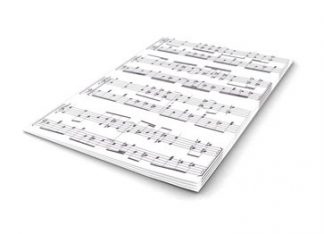Description
J S Bach Weimar Organ Tablature
Johann Sebastian Bach’s earliest music manuscripts and copies by his pupil Johann Martin Schubert
With works by Buxtehude, Reinken and Pachelbel
In contrast to Wolfgang Amadeus Mozart, very little was known about Johann Sebastian Bach’s early years until recently. His early works, such as the cantata “Christ lag in Todesbanden ” and the famous Toccata in D minor, reveal a composer who achieved mastery at a young age but not the route to this status.
In Weimar , Peter Wollny and Michael Maul have discovered copies of works by Dietrich Buxtehude and Johann Adam Reinken made by Bach between the ages of twelve and fifteen.
This publication contains facsimiles followed by a transcription of the original tablature notation as a critical edition. It includes an extensive foreword which describes the source and the likely conditions in which Bach made the transcriptions. This publication provides the first reliable edition of Reinken’s “An Wasserflüssen Babylon” and the earliest source of Buxtehude’s “Nun freut euch , lieben Christen g’mein”. Two chorale preludes by Pachelbel set the performing practice scene of the time; the numerous ornaments are probably even by Bach himself.
The comprehensive preface includes sections on
Handwriting and Date of Origin
The Scribe of Fascicles III and IV
Transmission
Concordances and Ties to Other Collections
Ohrdruf (1695-1700)
Lüneburg (1700-1702?)
Hamburg (1720)
Notes
Comparative samples of Bach’s handwriting
– Scholarly-critical edition of the earliest known music manuscripts in Bach’s hand
– Significant works from the 17th century North German organ repertoire

